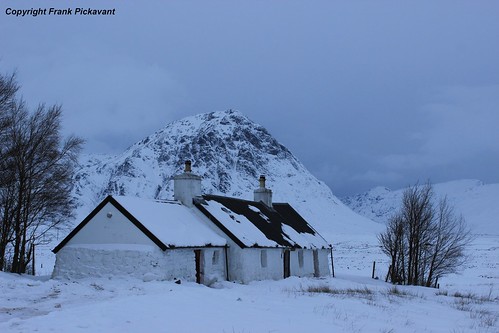Zero degrees Celsius and absolute zero
In everyday life and manufacturing techniques, people use a thermometer to measure an object’s temperature. For example, a physician uses a thermocouple to measure a patient’s body temperature. It is a type of thermometer. So how is the temperature on the thermometer determined? A careful observation of the thermocouple can be detected; inside it is a very thin mercury column called a thermometer. When the thermocouple makes contact with the patient’s oral cavity, the mercury column can immediately expand because of its temperature. Therefore, the mercury column’s length can be used to indicate the temperature of the oral cavity. The number of degrees must also be marked next to the mercury column to indicate the temperature accurately. To have a degree, first of all, there must be a starting position. Selection of a thermometer, determination of start, etching marking, these three elements constitute a quantitative indication of the thermometer concerning temperature. This type of expression is called the temperature scale.
The Celsius temperature scale is relatively common today. Thermometers that follow this temperature scale are called Celsius thermometers. The thermocouple is a typical example of a Celsius thermometer. In a Celsius thermometer, the freezing point of water is taken as the starting point. That is zero degrees Celsius. The symbol is 0 ° C, the boiling point of water is set to 100 degrees Celsius, the symbol is 100 ° C, and the mercury column height is divided between 0 ° C and 100 ° C into 100 equal parts, each line being 1 ° C.
The thermodynamic temperature scale is an internationally popular scale that does not depend on thermoelectricity and thermal characteristics. The thermometer defined by it is called thermodynamic thermometer, in units of K. In 1990, the international temperature scale prescribed, the three-phase point temperature of the water was 273.15 K of the thermodynamic temperature scale. Why regulate that number and not any other number?
The reason is that in the eighteenth century – the nineteenth century, from experiments, physicists have discovered that a certain amount of gas under constant volume conditions, when the temperature drops to 1 ° C, the pressure decreases. 1 / 273.15 of pressure at 0 ° C; under constant pressure conditions, when the temperature drops to 1 ° C, the volume decreases by 1 / 273.15 at 0 ° C. From this, it can be inferred that when the temperature from 0 ° C starts to drop to -273.15 ° C, it is possible to set the zero point of the thermodynamic temperature scale, ie absolute zero.
In modern society, low-temperature technology is widely applied. For example, people take advantage of the family refrigerator to preserve food. Refrigerator temperatures generally can reach -15 —20 ° C. Scientific research also requires low temperatures, and even very low ones. For example, only in conditions of -200 ° C will a scientific researcher obtain superconductors.
As the momentum of low-temperature technology evolved, people went over and over again into the world of low temperatures, approaching the lower and lower temperatures. Today, humans have reached a record low temperature of 10-8 K and are constantly striving to explore extremely low temperatures. So it comes naturally to the question: can a person reach 0 ° K of the thermodynamic temperature scale, that is, can we reach absolute zero?
From a dozen years ago, scientists came to a common conclusion through a large number of experiments. It is impossible to reach absolute zero, or in other words, it is impossible to do such a finite process cools an object to absolute zero. This conclusion is called the third law of thermodynamics.
The third law of thermodynamics is the law of inductive drawn from the results of many experiments. It can be widely used. Why is absolute zero impossible to achieve? Scientists have shown that absolute zero is not an actual temperature. That is an inference to the actual cooling process. Theoretically, that inferred temperature is the lowest limit of temperature that any object can achieve. People can achieve absolute zero through all efforts, but it is impossible to achieve absolute zero.




